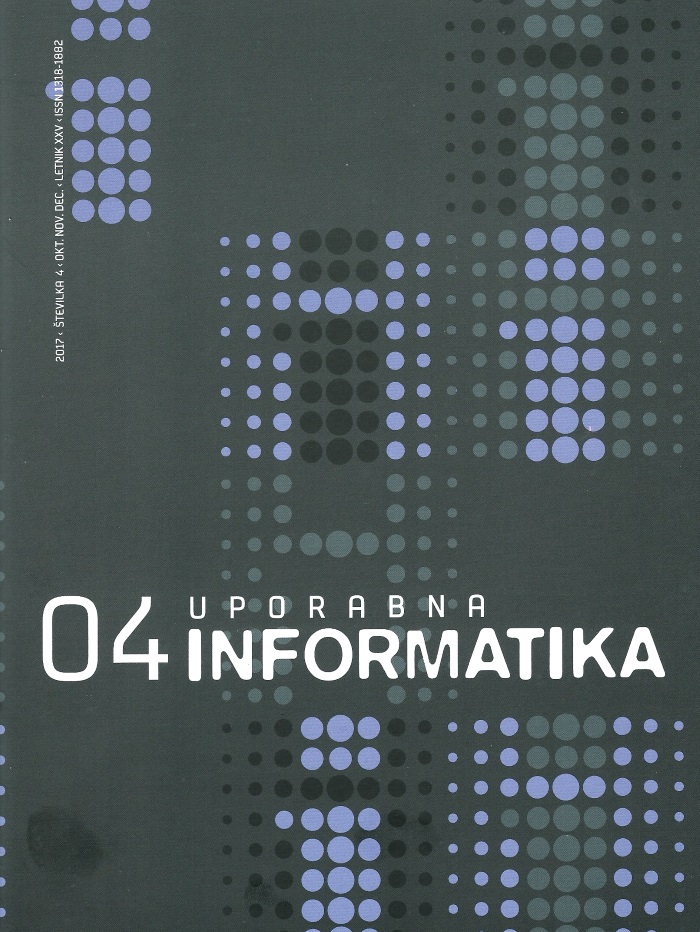Electromagnetic impact of solar flares on ICT operation – a case study
DOI:
https://doi.org/10.31449/upinf.6Keywords:
solar flares, ICT, Coronal Mass Ejections, solar wind, Internet of things.Abstract
This article addresses the scope of the reliability and safety of ICT from the perspective of the electromagnetic threat of solar flares, Coronal Mass Ejections, solar energy particles and solar winds that affect the operation of electronic devices on Earth. Solar cycles will repeat every eleven years, which is why they represent a threat which is often ignored. In the era of the Internet of things (IoT) and autonomous vehicles, many devices operate autonomously with the assistance of satellite navigation and network communication (3G, 4G or Wi-Fi), solar activities coupled with inadequate protection could lead to disaster. The article describes a case study of an R&D company dealing in electronics where it was decided that possible solar outbreaks should not be dealt with complacently and that all new products will receive adequate protection. The conclusion summarizes how the problem is dealt with in certain developed countries and what measures are taken to minimize the likelihood of a disaster at the next major solar flare.






